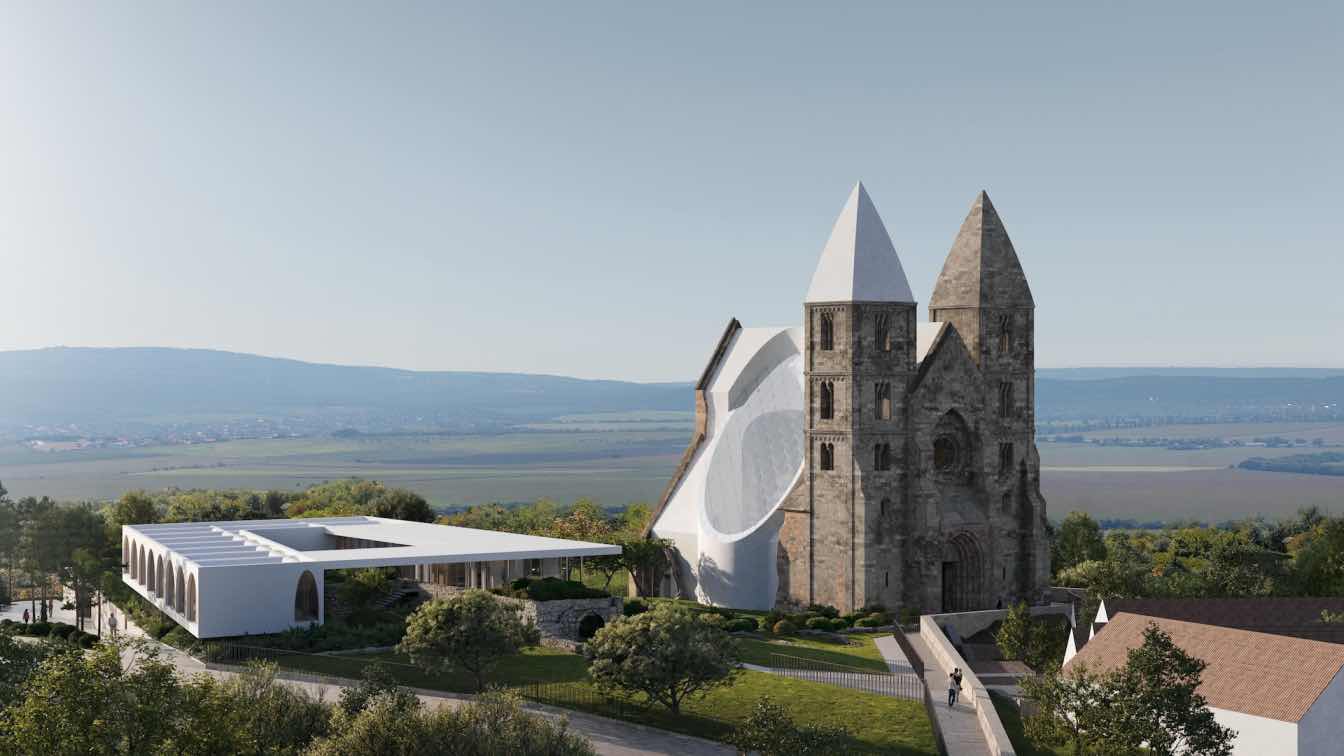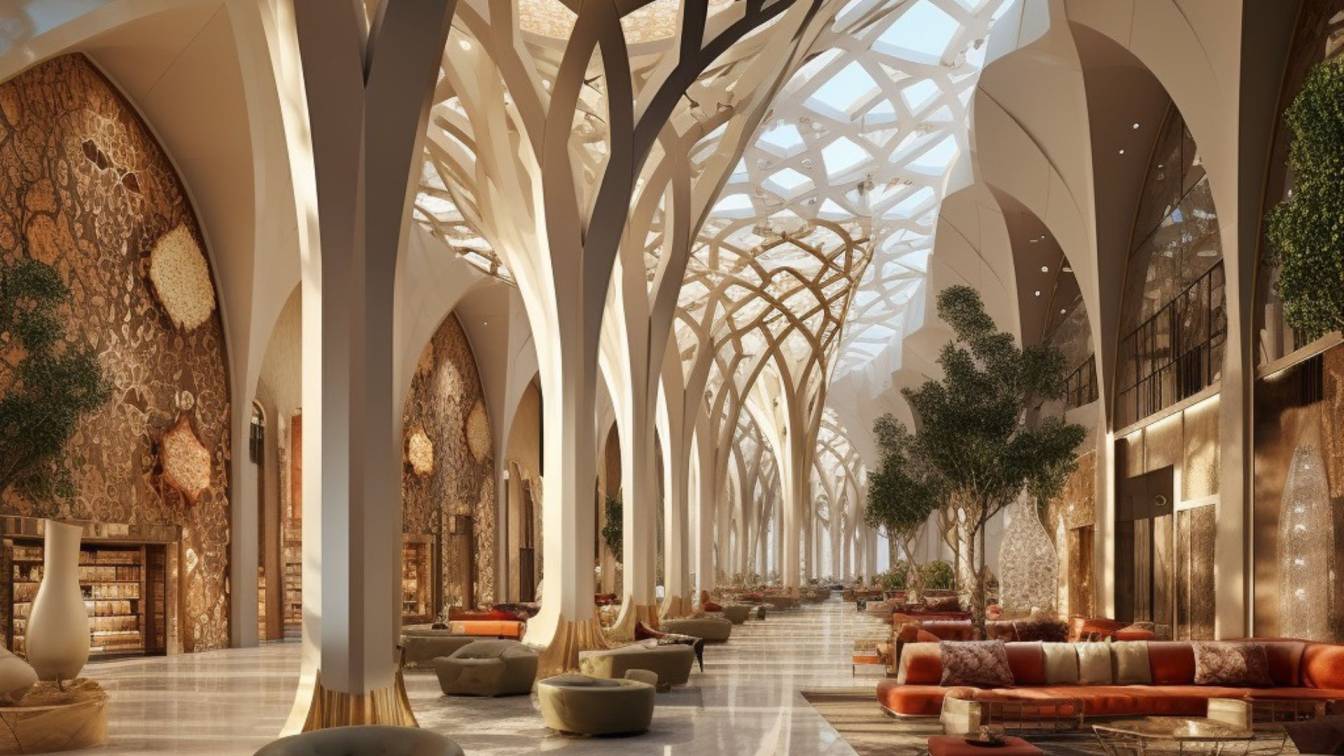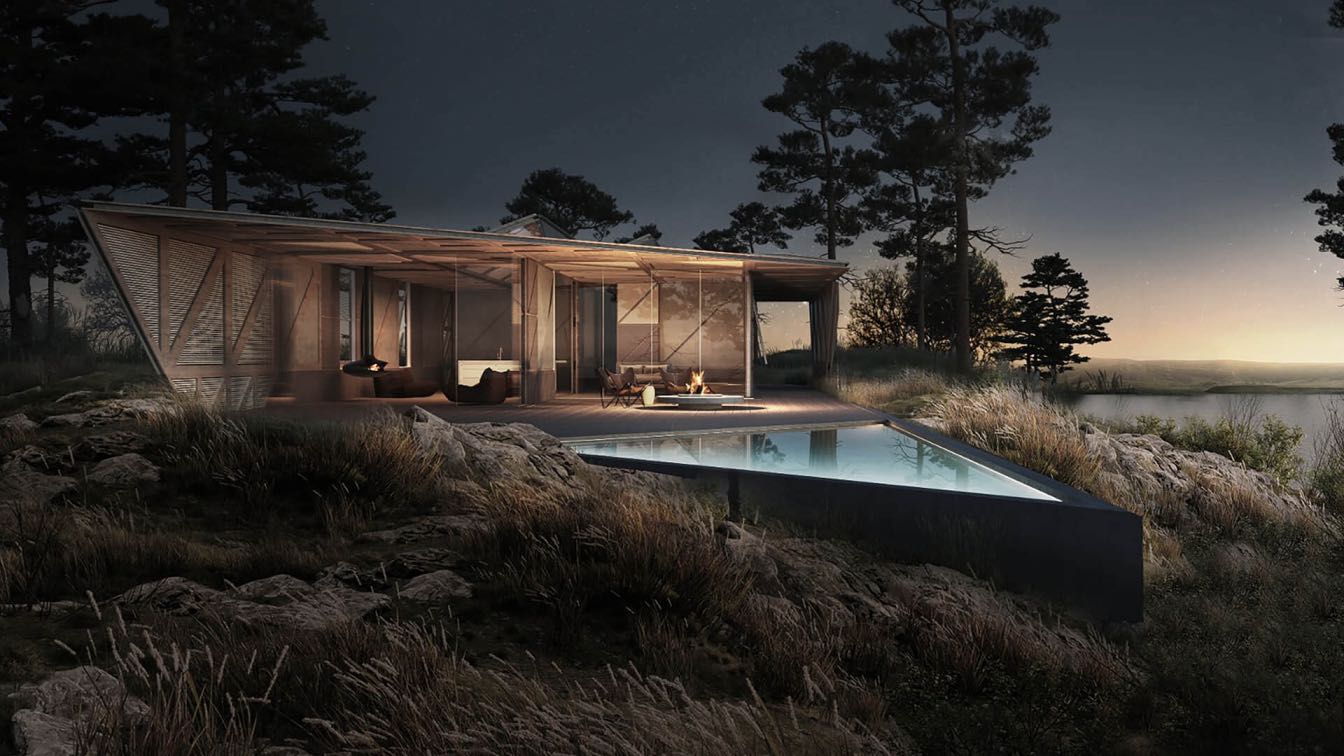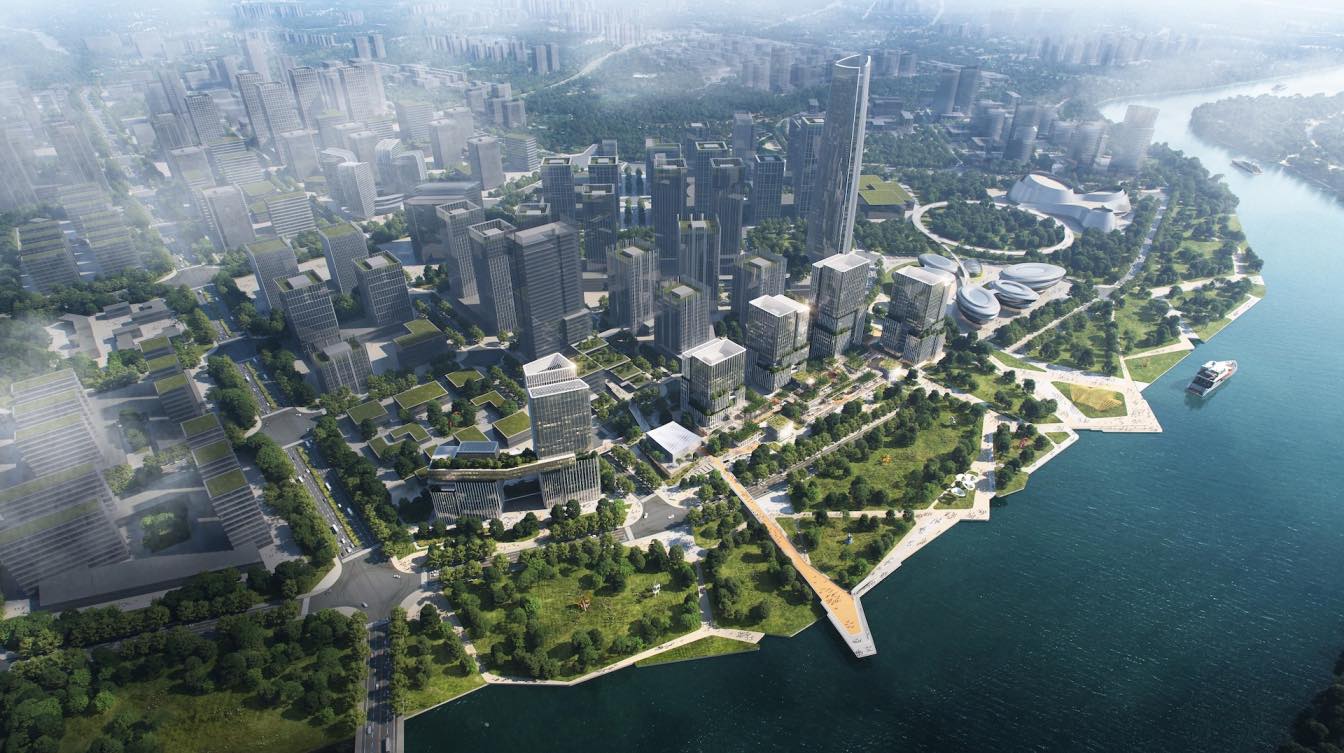In this concept of BORD Architectural Studio the subtle composition of the new elements related to the ruins of the medieval church and the monastery simultaneously evokes the original spatial structure, preserves the romantic atmosphere of the ruins and integrates new functions that meet contemporary needs. The mass of the new visitor centre is placed below the level of the garden-ruins, focusing the view on the church. In the design, the old and new constructions are visibly separated, yet complement each other.
The Old Church of Zsámbék was built in the 13th century for the Premonstretansian Canons. In 1763 it was partially destroyed by an earthquake while the monastery attached to it almost entirely collapsed. The remaining ruin church is one of the most prestigious monuments of Hungary as there are only a few basilica-style stone churches that survived the Árpád era. The ruin-church and its surroundings is still an important touristic sight, and a significant attraction of the town, hosting cultural and musical programs and festivals. Its condition has been deteriorating continuously, so to renovate it together with its environment has become timely. Therefore, the local government of Zsámbék announced a competition for the renovation of the ruin-church along with the design of a monastery and a visitor’s centre.
According to the competition program the church should regain its liturgic functions while the primary location of the celebration of the sacraments would still remain in the parish church of Saint John the Baptist in the centre of the town. The renewed church space would mostly serve the praying life of the Premonstratensians moving back and should also be suitable for cultural programs, liturgic musical events and touristic goals.

„In our concept the ruin-church is complemented by a new unit serving the contemporary sacral needs. This mass of the unit is compositionally inseparable from the original ruins but functionally it is independent. The “body” completing the missing parts of the ruin-church has an elliptic shape focusing on the community and the congregation. The longitudinal axis of the new space intersects the main nave of the original stone church in the former apse, reviving the three-nave structural layout of medieval churches. The designed reconstruction evokes the atmosphere of the original medieval church and its dimensions without mixing the old and the modern elements. Therefore, the new structure based on pure contrast, preserves the fragmentation of the old ruins.” - Péter Bordás, BORD Architectural Studio
This design does not intend to rebuild the church, it merely combines the ruin-state with the new attachments. The masses of the monastery and the visitor centre are partially positioned bellow the park level, so the focus will remain on the church. Special attention was given to the functional order of the buildings throughout planning. The spaces used by the canons, the secular devotees and the museum visitors are well separated, allowing the complex program to function effectively, and its construction can even be scheduled.
The current romantic appearance of the church, marked by massive remnants, continues to create a sacred space in nature. The relatively well-preserved eastern side aisle and the main nave will be reconstructed in the original form, while the incomplete western side aisle will house the new church space. The former central element of the church, the apse, will not be rebuilt; its contour remains in the open air. However, its presence is thought-provoking, and it puts the space into a historical context through an undivided glass wall, into which the crucifix is placed. Furthermore, the opening of the sanctuary towards the event space and the visitor centre conveys a message of invitation and hospitality to the visitor. The new elliptical, sacred space constructed in the western side aisle will have a glass roof, reminiscent of the openness of the former ruins. Thus, the well-preserved part of the church demonstrates the structural layout of the medieval building, while the incomplete section recalls its ruined period. It highlights the former altar location, integrates the new function, and opens up to nature.

The U-shaped mass of the monastery includes the partially submerged lapidarium. The main entrance of the building is from Corvin János street. On the lower level the reception areas and the hall, the staircase and a private garden is placed. On the first floor there is an enclosed cloister with the monastery rooms on the street side. Above the lapidarium there are community areas, a library, a canteen, a kitchen, and workspace. From here on there is a direct connection to the private garden and a view to the church. From the monastery the canons can reach the church space trough a covered pathway.
The visitor centre is situated right next to the monastery with its entire mass under level, blending into the terrain. The entrance of the building, which is also the main entrance for visitors, opens from the slope of Corvin János street. The entrance bay, covered by a wide canopy, provides a comfortable arrival space. The foyer houses the information desk, a café and access to the conference room and the museum’s educational space. From the foyer, the visitor's path leads through the exhibition area, ascending straight to the ruin-garden trough a broad staircase. The ruin-garden is enclosed and protected by a fence from the retaining walkway, allowing visitors to freely explore the areas of the church, the lapidarium and the arcade. The park above the visitor centre is suitable for hosting outdoor events, concerts and is a perfect location for talks too.
The entry didn’t receive an award.






















































